Home>Interior Design>What Is The Difference Between A Comforter And A Duvet?
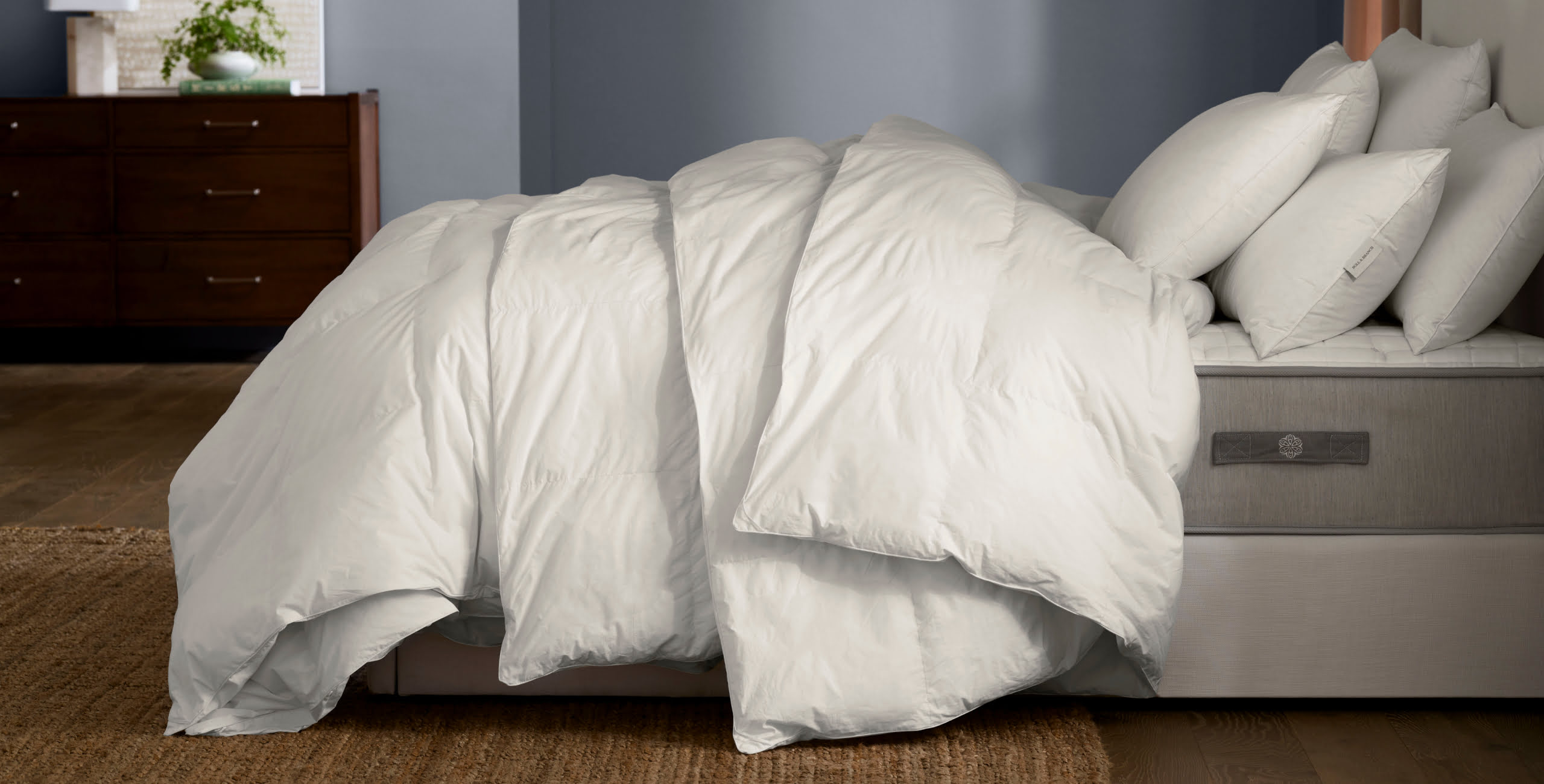

Interior Design
What Is The Difference Between A Comforter And A Duvet?
Modified: January 18, 2024
Discover the key distinctions between comforters and duvets in interior design. Enhance your bedroom with the perfect bedding choice.
(Many of the links in this article redirect to a specific reviewed product. Your purchase of these products through affiliate links helps to generate commission for Storables.com, at no extra cost. Learn more)
Introduction
When it comes to bedding, there can often be confusion about the difference between a comforter and a duvet. While they may seem similar at first glance, there are actually distinct differences between the two. Understanding what sets them apart can help you make an informed decision when it comes to choosing the right bedding for your home.
In this article, we will delve into the definition, material and construction, function and purpose, size and fit, as well as cleaning and care of comforters and duvets. By the end, you will have a clear understanding of the differences between these two popular bedding options.
So, let’s dive in and uncover the secrets behind comforters and duvets!
Key Takeaways:
- Comforters are all-in-one bedding pieces that provide warmth and style, while duvets offer versatility and exceptional insulation with the option to change the look easily. Understanding their differences helps you choose the perfect bedding for your needs.
- Proper cleaning and care are crucial for maintaining the longevity and freshness of your comforter or duvet. Consider your preferences, climate, and desired level of customization when choosing between these two essential bedding options.
Definition of a Comforter
A comforter is a type of bedding that is designed to provide warmth and comfort during sleep. It is typically filled with layers of synthetic fibers or natural materials such as down or feathers. The filling is evenly distributed throughout the comforter to ensure consistent warmth.
Comforters are often covered with a decorative fabric known as a duvet cover, which can be easily removed and washed. The duvet cover not only adds style to the bedding but also protects the comforter from wear and tear.
One of the key characteristics of a comforter is its stitched or quilted pattern. These patterns hold the filling in place, preventing it from shifting and clumping. This not only ensures that the comforter provides uniform warmth, but also adds to its aesthetic appeal.
Comforters come in various thicknesses and weights, making them suitable for different seasons and climates. Lighter weight comforters are ideal for warmer weather, while heavier ones are perfect for colder months.
With their cozy feel and wide range of design options, comforters are a popular choice for bedrooms, guest rooms, and even dorms. They add a touch of style, warmth, and comfort to any sleeping space.
Definition of a Duvet
A duvet, sometimes referred to as a duvet insert or comforter insert, is a type of bedding that consists of a soft, flat bag filled with feathers, down, or synthetic fibers. Unlike a comforter, a duvet does not come with a built-in cover. Instead, it is designed to be used with a separate duvet cover.
The duvet cover is a protective fabric cover that fits over the duvet and can be easily removed for washing. It serves as a decorative element and offers an additional layer of protection for the duvet insert. Duvet covers come in a wide variety of colors, patterns, and materials, allowing you to change the look of your bedding with ease.
One of the distinguishing features of a duvet is its enclosed design. Duvets typically have corner ties or loops inside the cover, which attach to corresponding loops on the corners of the duvet insert. This helps to keep the insert securely in place and prevents it from shifting inside the cover.
Duvets are known for their exceptional insulating properties, making them ideal for colder climates or individuals who prefer a warmer sleep environment. The natural warmth provided by the down or feathers creates a cozy and inviting sleeping experience.
Another advantage of using a duvet is its versatility. Since the duvet insert can be easily removed from the cover, it allows for convenient washing and drying. This makes it an excellent option for those with allergies or individuals who value cleanliness and hygiene.
Overall, duvets offer a luxurious and comfortable bedding option that can be easily customized to suit your personal style. Whether you prefer a lightweight duvet for summer or a fluffy one for winter, there is a duvet out there to meet your needs.
Material and Construction
Both comforters and duvets can be made from a variety of materials, each with its own unique properties. The choice of material can greatly impact the warmth, breathability, and overall comfort of the bedding.
Comforters can be filled with a range of materials, including synthetic fibers such as polyester or down alternative, as well as natural materials like down or feathers. Synthetic-filled comforters are often hypoallergenic, making them a suitable choice for individuals with allergies. On the other hand, down-filled comforters provide exceptional warmth and insulation.
Duvet inserts are typically filled with down, feathers, or synthetic fibers. Down is the soft, fluffy plumage found beneath the outer feathers of ducks or geese. It is highly regarded for its excellent insulation and lightweight feel. Feather-filled duvets offer a more affordable option and still provide adequate warmth. Synthetic-filled duvets are a popular choice for those who prefer a hypoallergenic and cruelty-free option.
Both comforters and duvets can have various construction styles. The most common construction methods for comforters include stitched or quilted patterns. These patterns help to keep the filling evenly distributed and prevent it from clumping together. Some comforters may also feature baffle-box construction, which involves separate compartments to maintain consistent loft and prevent shifting of the filling.
Duvets, on the other hand, are typically constructed with sewn-through boxes or baffle-box construction. Sewn-through boxes have stitched compartments that hold the filling in place, while baffle-box construction involves vertical fabric walls that create separate chambers for the filling. Baffle-box construction is preferred for down-filled duvets as it allows for maximum loft and insulation.
When it comes to the outer fabric, both comforters and duvets can be made from a variety of materials such as cotton, microfiber, silk, or blends. These fabrics can vary in terms of softness, breathability, durability, and maintenance requirements.
Ultimately, the choice of material and construction depends on individual preferences, budget, and desired level of comfort and insulation.
A comforter is a thick, quilted, fluffy blanket that is used to keep you warm. A duvet is a soft, flat bag filled with down, feathers, or a synthetic alternative, and is meant to be used as a covering for a bed like a comforter.
Function and Purpose
Comforters and duvets serve similar functions but with some subtle differences in their purpose.
A comforter is primarily designed to provide warmth and coziness while you sleep. It acts as a standalone bedding piece that combines both the filling and the decorative cover in one package. You can simply place a comforter on top of your mattress and pair it with a fitted sheet and pillowcases for a complete bedding set.
In addition to its practical function, comforters also add a decorative touch to your bedroom. They come in a wide array of colors, patterns, and designs, allowing you to customize the look and style of your sleeping space. Comforters are often used as the focal point of a well-dressed bed, complementing the overall aesthetics of the room.
Duvets, on the other hand, have a slightly different purpose. They are typically designed to be used in combination with a separate duvet cover. The duvet cover not only protects the duvet insert but also offers the flexibility to change the appearance and style of your bedding easily.
One of the advantages of using a duvet is its versatility. You can choose different duvet covers to suit your mood, season, or interior design preferences. This allows for easy mixing and matching, creating a fresh look without having to invest in a new duvet insert every time.
Duvets are also known for their excellent insulation properties, making them an ideal choice for colder climates or individuals who prefer a warmer sleeping environment. The natural insulating qualities of down or feathers provide exceptional warmth and comfort, ensuring a cozy and restful sleep.
The primary function of both comforters and duvets is to enhance your sleep experience and provide a comfortable and inviting bed. Whether you prefer the all-in-one convenience of a comforter or the versatility of a duvet with interchangeable covers, both options offer functionality and style to suit your needs.
Size and Fit
Comforters and duvets come in a variety of sizes to accommodate different mattress sizes and bed configurations. It’s important to choose the right size to ensure a proper fit and maximum comfort.
When it comes to comforters, the sizes generally correspond to standard mattress sizes, including Twin, Twin XL, Full, Queen, King, and California King. It’s important to note that the actual dimensions of comforters may vary between brands, so it’s always a good idea to check the specific measurements before making a purchase.
Duvets are also available in various sizes, typically following the same standard mattress sizes as comforters. However, duvets are often slightly larger than the corresponding comforter size to accommodate the duvet cover effectively. This extra width and length allow the duvet to reach the edges of the cover and provide a fuller appearance.
It’s important to measure your mattress and consider the thickness of your mattress to ensure the comforter or duvet you choose will adequately cover the bed. A properly fitted comforter or duvet should drape over the sides of the bed and have enough length to cover the foot of the mattress.
If you prefer a more oversized and luxurious appearance, you may opt for a size larger than your mattress. This will create a more generous and enveloping feel, especially if you like the look of a layered and voluminous bedding ensemble.
When selecting a comforter or duvet, keep in mind any additional factors that may affect the fit. For example, if you use a mattress topper or add a thick quilt or blanket under your bedding, you may need to go up a size to ensure a proper fit.
Remember, the right size and fit will not only ensure visual balance and aesthetics in your bedroom but also contribute to a comfortable and restful night’s sleep.
Cleaning and Care
Proper cleaning and care are essential for maintaining the longevity and freshness of your comforter or duvet. While both require regular maintenance, the cleaning process can vary depending on the type of filling and the outer fabric.
When it comes to comforters, those with synthetic fillings are generally easier to clean as they can be machine-washed and dried. It’s important to follow the manufacturer’s instructions for specific temperature settings and any additional care recommendations.
On the other hand, comforters with natural fillings like down or feathers require more delicate care. These should typically be dry-cleaned or professionally laundered to avoid damaging the filling. It’s important to consult the care label or consult with a cleaning professional before attempting any cleaning methods.
Duvets, especially those with down or feather fillings, are also recommended to be professionally cleaned. Some duvet covers may be machine-washable, but it’s important to check the care instructions for any specific guidelines and recommendations.
Regular maintenance and care also involve fluffing and airing out your comforter or duvet to keep it fresh and prevent the filling from clumping. You can shake or gently pat the bedding to restore its loft and distribute the filling evenly.
Using a duvet cover serves as an additional protective layer that can be easily removed and washed. This allows you to maintain a clean and hygienic sleeping environment without having to clean the entire comforter or duvet insert frequently.
It’s important to note that not all comforters and duvets are machine-washable, especially those with delicate fabrics or intricate designs. Always refer to the care instructions provided by the manufacturer to ensure proper cleaning methods are followed.
By taking proper care of your comforter or duvet, you can prolong its lifespan, maintain its appearance and functionality, and enjoy a clean and cozy sleeping experience for years to come.
Conclusion
Comforters and duvets are both essential bedding options that provide warmth, comfort, and style to your sleeping space. While they share similar functions, there are key differences that set them apart.
A comforter is a standalone bedding piece that combines the filling and decorative cover in one package. It is available in various materials and designs, providing warmth and adding a stylish touch to your bed. Comforters are easy to use and maintain, and they come in different sizes to fit your mattress.
Duvets, on the other hand, are designed to be used with a separate duvet cover. The duvet insert provides exceptional insulation and can be filled with down, feathers, or synthetic fibers. The duvet cover offers versatility, allowing you to change the look of your bedding easily. Duvets often require professional cleaning due to their delicate construction and fillings.
When choosing between a comforter and a duvet, consider your preferences, climate, and desired level of customization. Comforters are a great choice if you prefer an all-in-one bedding option that is easy to care for and offers a wide variety of designs. Duvets are ideal for those who value versatility, warmth, and the ability to change the look of their bedding with different duvet covers.
Regardless of which option you choose, proper cleaning and care are crucial to maintain the longevity and freshness of your bedding. Follow the care instructions provided by the manufacturer to ensure the best cleaning method for your comforter or duvet.
In summary, comforters and duvets are both excellent choices for enhancing your sleep experience and adding style to your bedroom. Understanding their differences and considering your personal preferences will help you make an informed decision and create a cozy and inviting sleeping environment.
So, whether you opt for a fluffy comforter or a versatile duvet, invest in high-quality bedding that suits your needs and enjoy a restful night’s sleep in ultimate comfort and style.
Frequently Asked Questions about What Is The Difference Between A Comforter And A Duvet?
Was this page helpful?
At Storables.com, we guarantee accurate and reliable information. Our content, validated by Expert Board Contributors, is crafted following stringent Editorial Policies. We're committed to providing you with well-researched, expert-backed insights for all your informational needs.
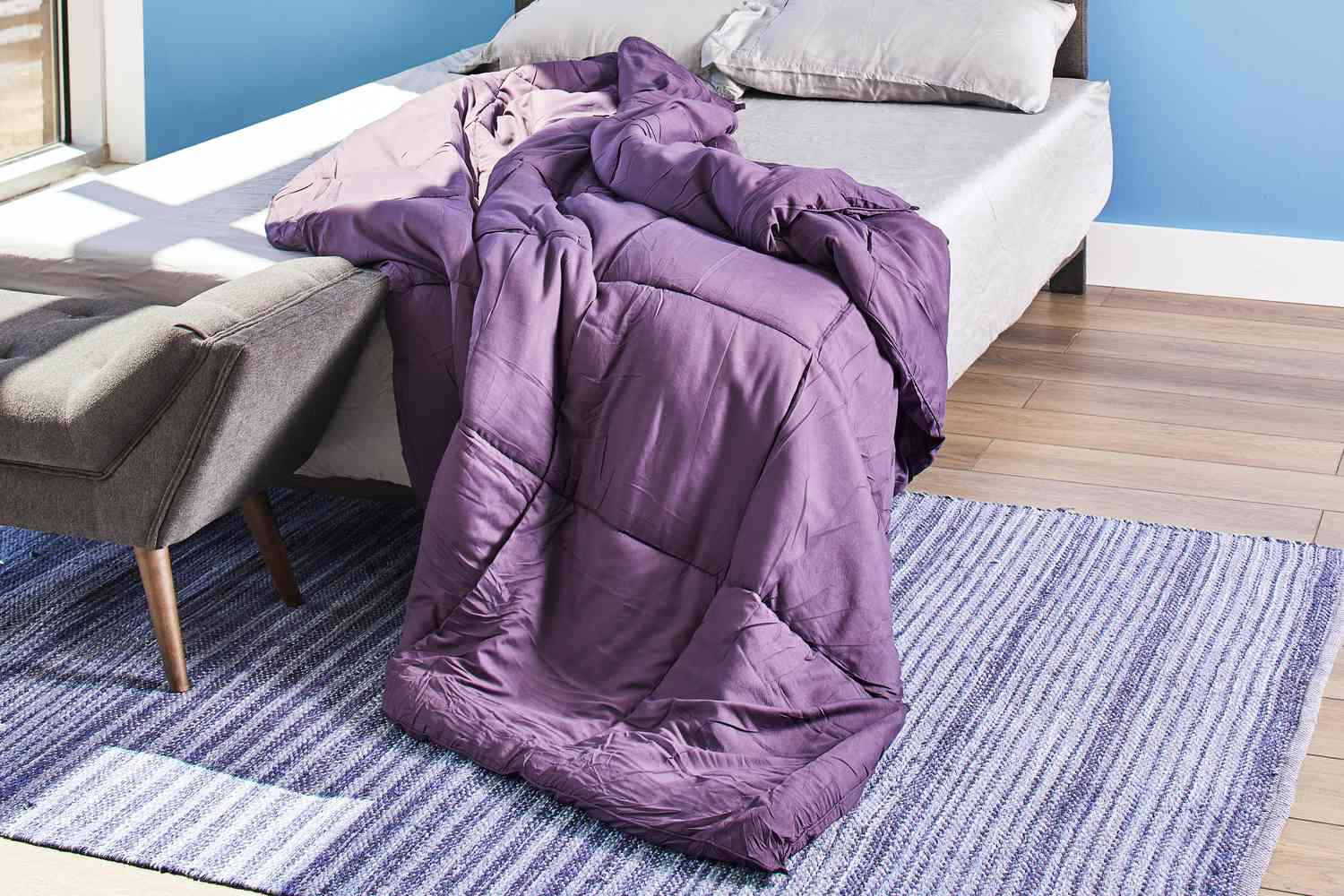
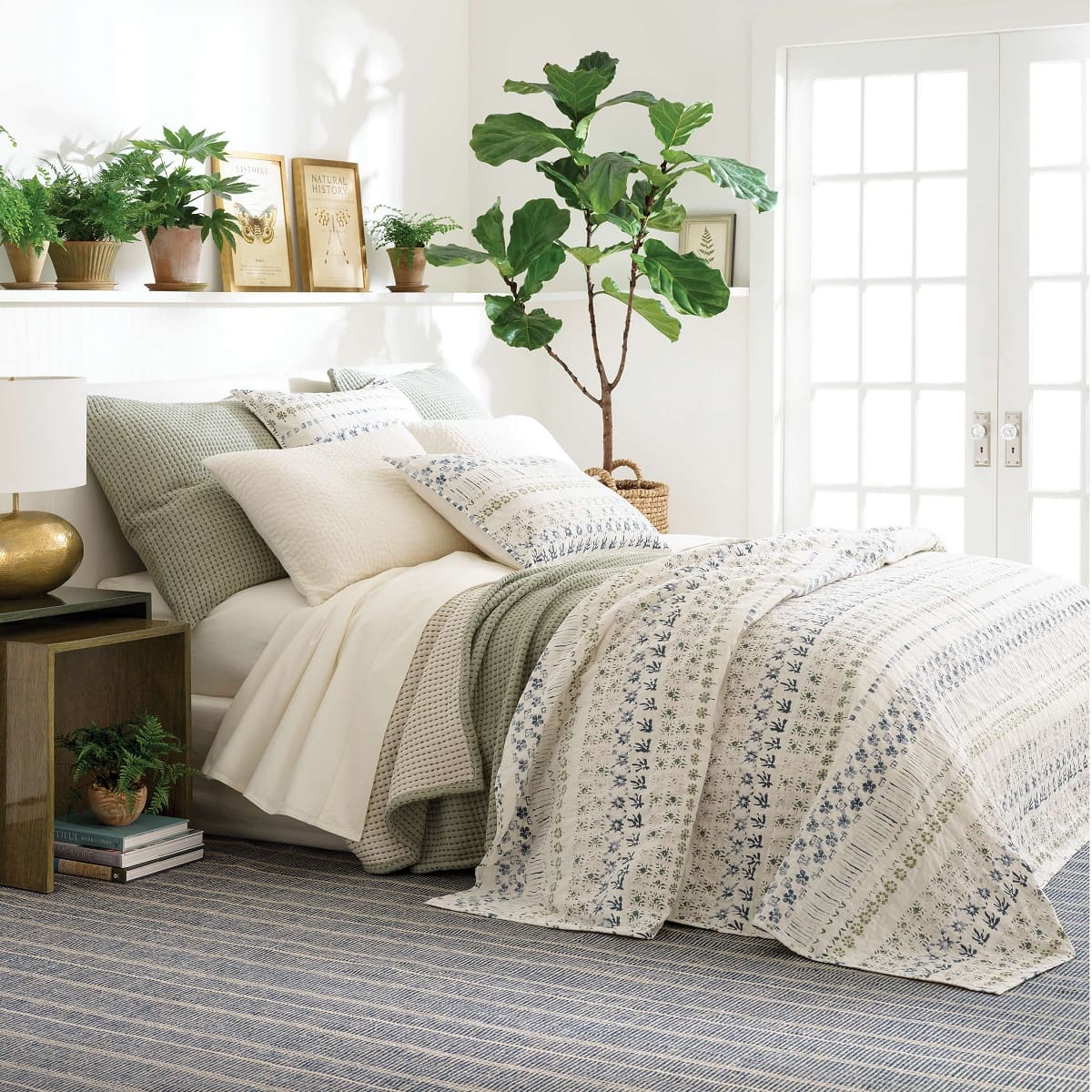
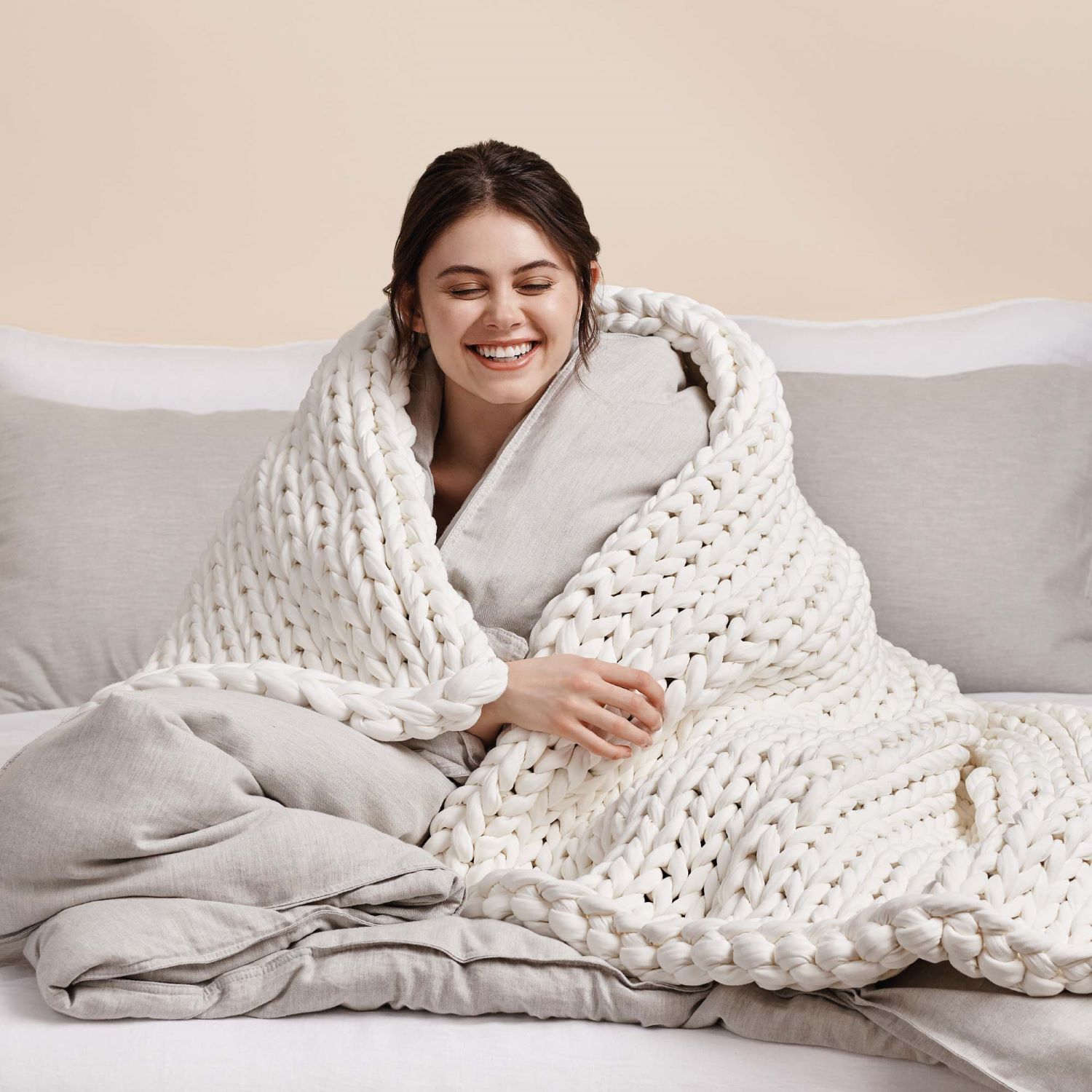








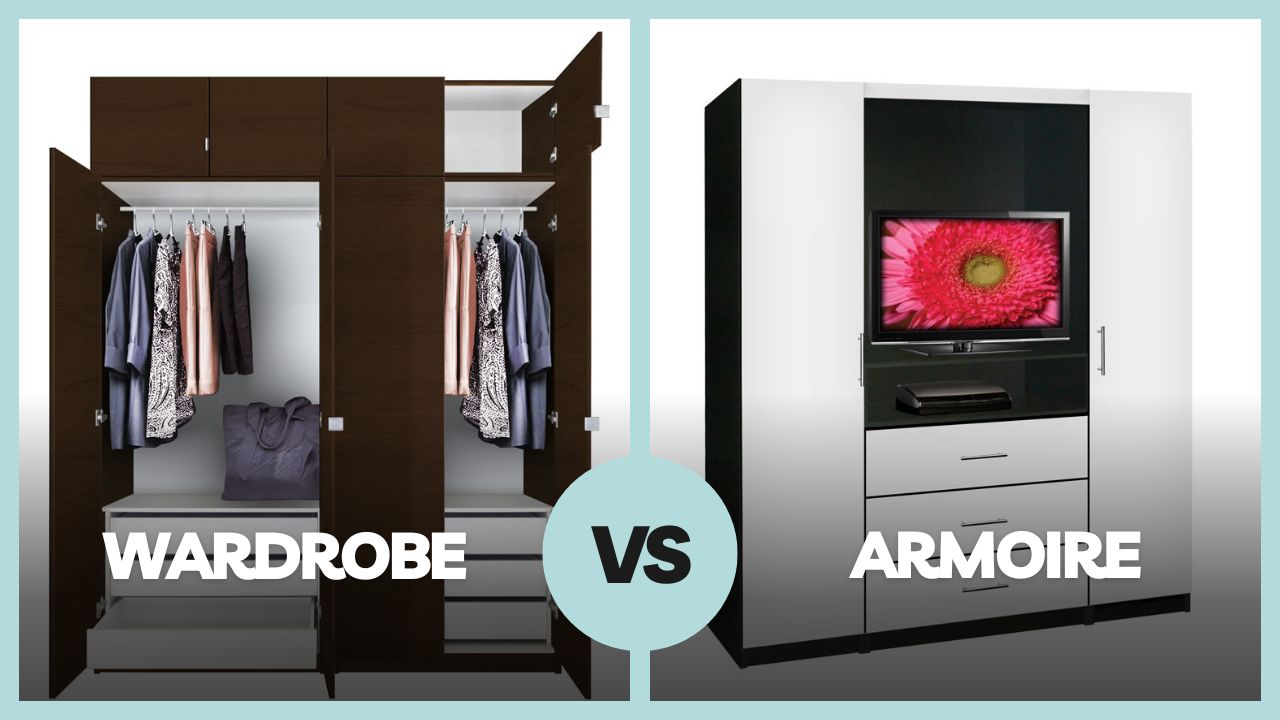



0 thoughts on “What Is The Difference Between A Comforter And A Duvet?”